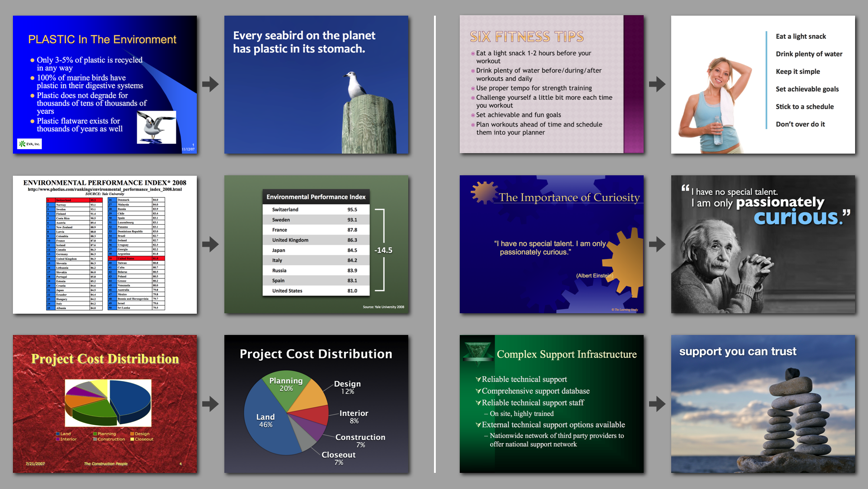“Success comes from taking the initiative and following up… persisting…What simple action could you take today to produce a new momentum toward success in your life?” Anthony Robbins
In my previous post I spoke about the power of the business card. The truth of the matter is a business card essentially gives you the ability to get the business card of another individual. There is much however that needs to translate this exchange and convert this link into a source of business or referrals for your business or yourself. I have known many power networkers who have a great ability to work an entire room and possibly get everyone’s business card. However most of them usually spend very little time with the person to find out more about them, and following up becomes a challenging task. When networking take time to find out more about the person. Be it their goals, aspirations, business or just whatever they are willing to talk about and something you can bring when following up with them. This helps creates a better first impression and a stronger bond to assist in following up with the person.
Listed below are a couple of tips I hope can improve your follow up process:
1. 48 Hour Rule: Whenever I meet someone for the first time and we exchange information, I make sure that I follow it up with an email or call within 48 hours. If I do not send it out within this time frame, chances are that I will forget about the individual and reconnecting later is much more challenging compared to when both sides still remember the occasion they met at. I usually send an email to the individual as soon as I enter it into my personal database.
2. Context: It is important that whenever you are following up with a new contact that there is a specific context. If I shoot off an email which simply said “It was great meeting at the networking event, lets keep in touch.” chances are slim this person would be more than just another name in your rolodex. During the event or right after the event right a small note on either the name card or on your phone regarding the individual and something specific which you spoke about which you can follow up regarding. This adds a lot more weight to your email and increases the chances of possibly getting some business or referrals from the individual.
3. Rolodex Dipping: I got this tip from Christine Comaford and it has really improved my ability to leverage my network more effectively. Rolodex dipping is simply the act of randomly picking up someone from your Rolodex which you may not have contacted for a while and re-connect with them. It could be an informal email or call where I inquire about them or their business. I do this activity 3 times a week and it has kept my connection to long lost clients, partners, colleagues and friends alive. I would highly recommend integrating this activity in your weekly schedule.
Following up is a critical aspect of effective networking. Through these activities I have been able to sustain and grow my personal and professional networks while maintaining a strong foundation. It is only through the process of consistent following up can we convert a contact into someone a lot more valuable. Even though this is a very simple and straight forward process many people have not developed the discipline to methodically follow-up, this impact’s their business development activities .
